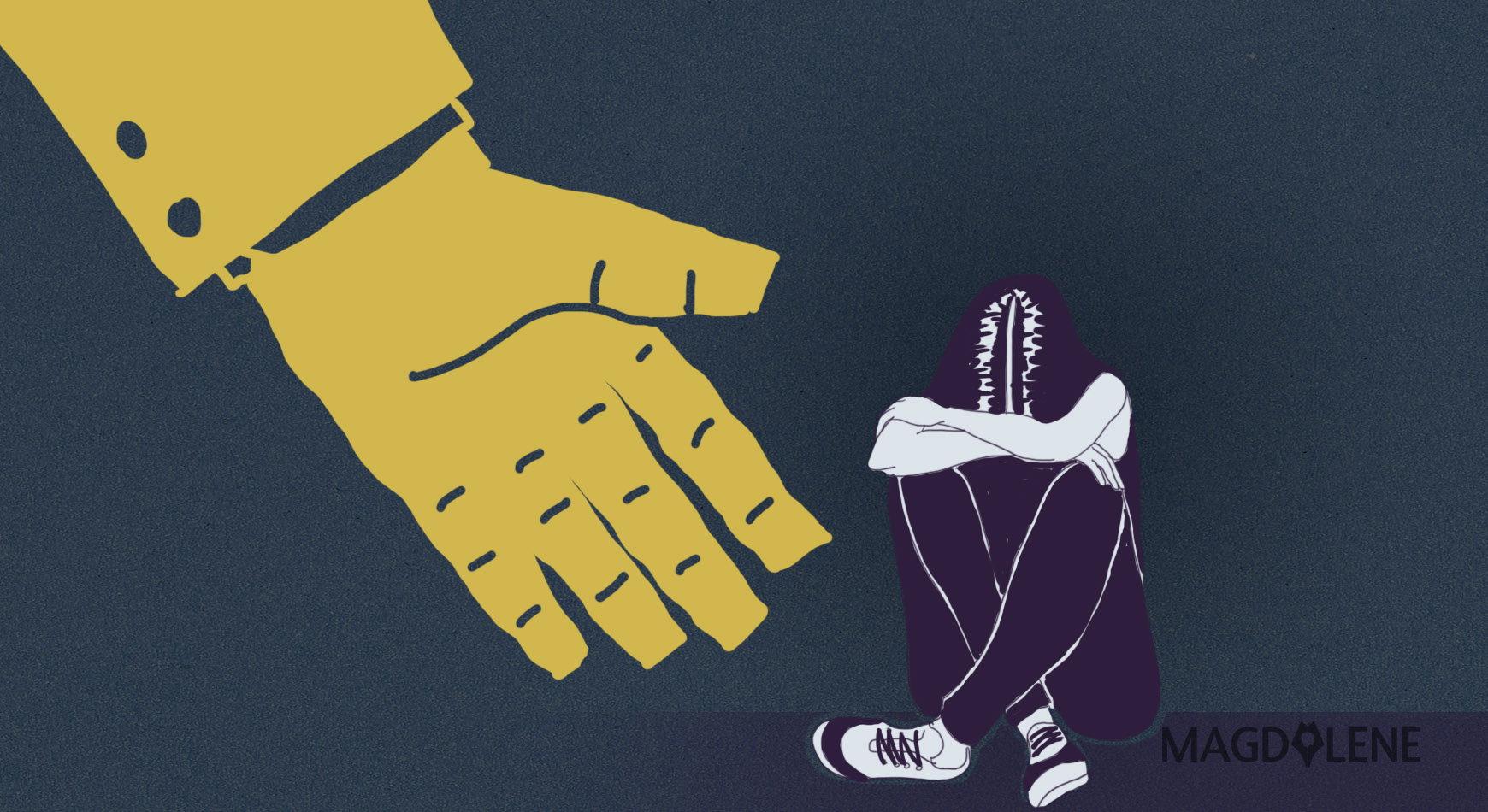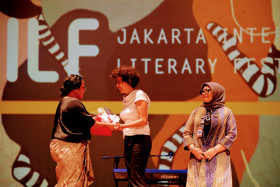Numerous studies have noted that South Africa is an extremely violent country with high rates of interpersonal violence and homicide. Along with this, the rates of sexual violence are high, with a report by the Medical Research Council showing that 25 percent of women in their study had been raped in their lifetime.
Although the rates of violence are extremely high in South Africa, the ways in which it plays out are similar in many ways to other countries. Around the world most violence is perpetrated by men, often against women, but to an even greater extent against other men.
Despite this knowledge, most interventions to combat violence tend to focus on women. Typically they provide support to women after they’ve been attacked, or they suggest ways to avoid or prevent violence by changing their behavior or the clothes they wear.
These interventions have had little impact on the levels of violence in South Africa which suggests that alternatives need to be investigated. One possibility would be to specifically work with men as a form of violence prevention.
This was the focus of my recent doctoral study which primarily looked at the effect of working with men.
Tackling masculinities differently
My study drew on a growing body of research, which suggests that focusing on masculinities – the societal norms men are expected to achieve in order to “prove” their manhood – can help in reducing men’s use of violence in the future.
Masculinities include aspects such as men being financial providers in a relationship or family. Others are that men “need” more sex than women, and the notion that men are more aggressive.
While some consider these norms to be biological, or as something inherent to men, research suggests this isn’t always the case. A number of organizations in South Africa and globally have begun to focus on the societal norms surrounding men as they grow up. My study focused on a South African NGO implementing this kind of workshop.
Organizations like the one I focused on typically use workshops to question whether aggression is something men are born with, or merely something that they are encouraged to use.
Results from studies of these interventions have been quite positive. They show that men who take part in them often report using less violence after completing the workshops. They also tend to report a greater respect for women and their rights.
This has been shown in South Africa, as well as countries like Brazil and India, where similar interventions have been implemented.
Changing behavior
My own study found that a primary part of this success comes from the structure of the workshops that organizations facilitate. The participants report that creating a supportive peer group through the process is incredibly important in encouraging them to maintain lower levels of violence.
Along with this, the workshop facilitators – predominantly men – act as positive role models for the alternative notions of manhood that get discussed in the workshops. These positive role models were mentioned repeatedly by men who participated as being one of the most important aspects in helping them to change their behavior in terms of violence or discrimination against women.
In my study, I found that a shortcoming of the workshops is that while they have an effect on specific behaviors, they don’t seem to have an impact on underlying attitudes which often drive these behaviors. For example, men might agree that using physical violence against their own partner is wrong, but not that gender inequality itself is an issue.
Similarly, they may assert that they themselves will not rape a woman, but still maintain that women’s clothing or behavior is the cause of rape. Thus, certain behaviors were highlighted as problematic, but the fact that men are encouraged to use violence was seen as less of an issue.
Shifting mindsets
Overall, the findings suggest that workshops which specifically focus on men can play a role in lowering the rates of certain forms of violence. Along with this, involving men in efforts to lower violence is an important step, as it moves the conversation away from simply blaming men for violence, enabling them to become part of the solution instead.
It also questions the notion that men have no control over their use of violence, preferring to see them as active participants in efforts to reduce violence. While the impact is still quite limited - workshops usually only have space for 10-20 men at a time - the fact that this approach has the potential to reduce men’s use of violence is promising.
But some adjustments still need to be made to the workshops to focus more on the underlying attitudes of gender inequality that seem to be more resistant to change. Limiting certain forms of violence is definitely a positive step, but a shift in the mindset which underlies that violence could enable a much larger reduction in violence and gender-based violence as a whole.
Karen Graaff is lecturer in Sociology at Stellenbosch University, South Africa.
This article was first published on The Conversation, a global media resource that provides cutting edge ideas and people who know what they are talking about.








Comments